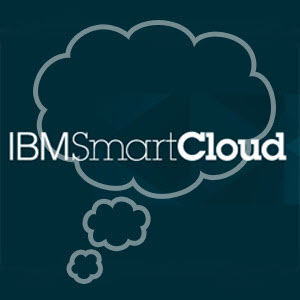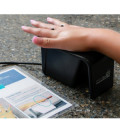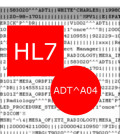What Is An HL7 Interface
In order to understand what a HL7 interface is, we need to break down that term in to a couple of parts. Firstly…
What is HL7?
HL7 stands for Health Language Seven and is an ANSI standard that is used in healthcare. HL7 has of goal of defining standards of data transmission across the healthcare domain in areas such as radiology information systems, laboratory information systems, hospital informations systems and the like.
The standardized data would include patient demographics, billing information, scheduling, test results and test orders to name a few. The ‘7’ in HL7 refers to the seven layers of the OSI model, with level seven being the application layer.
You can watch the video by clicking HERE or see it down below…
What is a HL7 Interface?
In its simplest terms an interface is a communication channel set up between a sending node and a receiving node. Most interfaces today typically use TCP/IP to communicate, although there are some file based HL7 interfaces as well.
When configuring an ‘interface’ an IP address and a port number will be required. Specially software is also needed to create HL7 interfaces. Mirth Connect is one example.
The transport of the message is handled by TCP/IP. The standard HL7 will be used to structure and format the message. The interface will be the software component that send and/or received the message. The interface can be configured to manipulate the data contained in the message upon sending or receiving.
The device or software component that takes care of all of those elements in typically referred to as an interface engine. There are many different types of interface engines such as Mirth, Interfaceware, Cloverleaf and many others.
Why would an interface change the message data?
Although HL7 is a standard, there are many different systems out there using a variety of software and databases. Sometimes the HL7 ‘standard’ has significant differences in how the standard was interpreted and implemented. In order to overcome these differences business logic is applied to the interfaces to manipulate the message data to make it compatible with different systems.









You must be logged in to post a comment Login